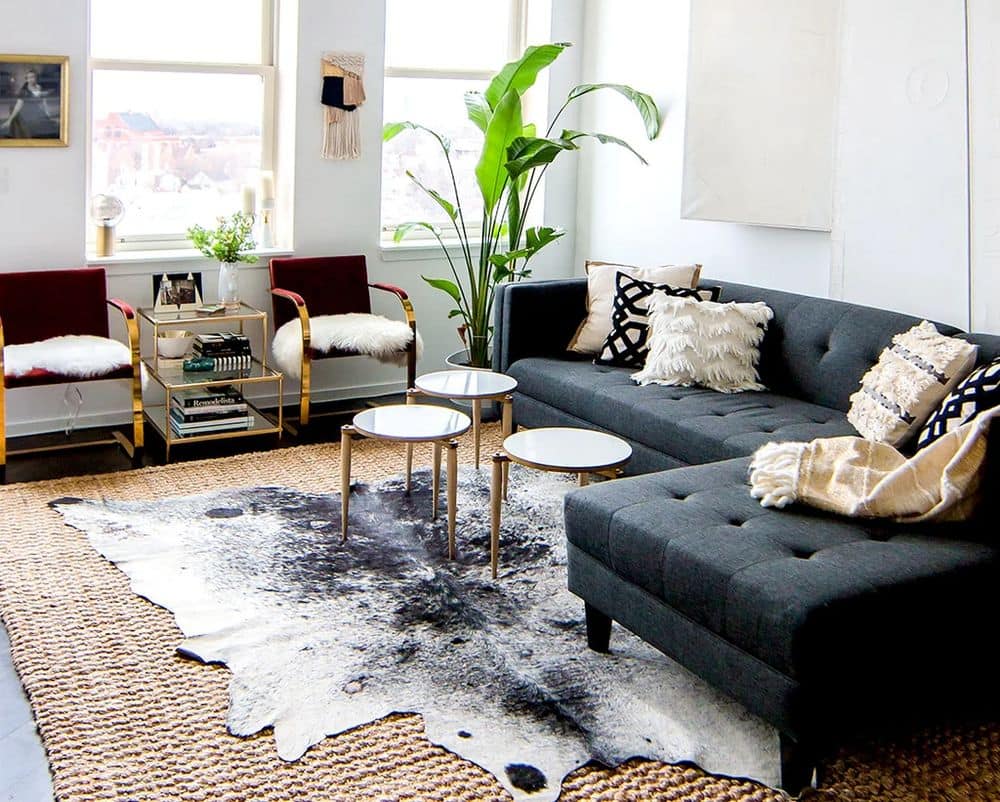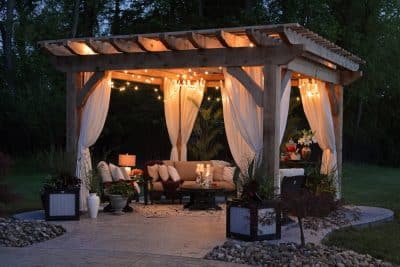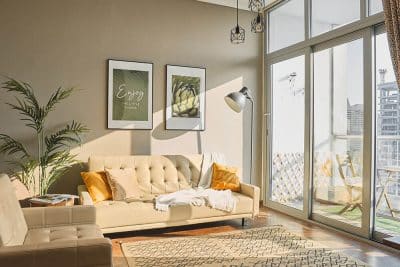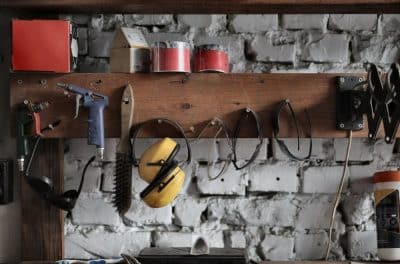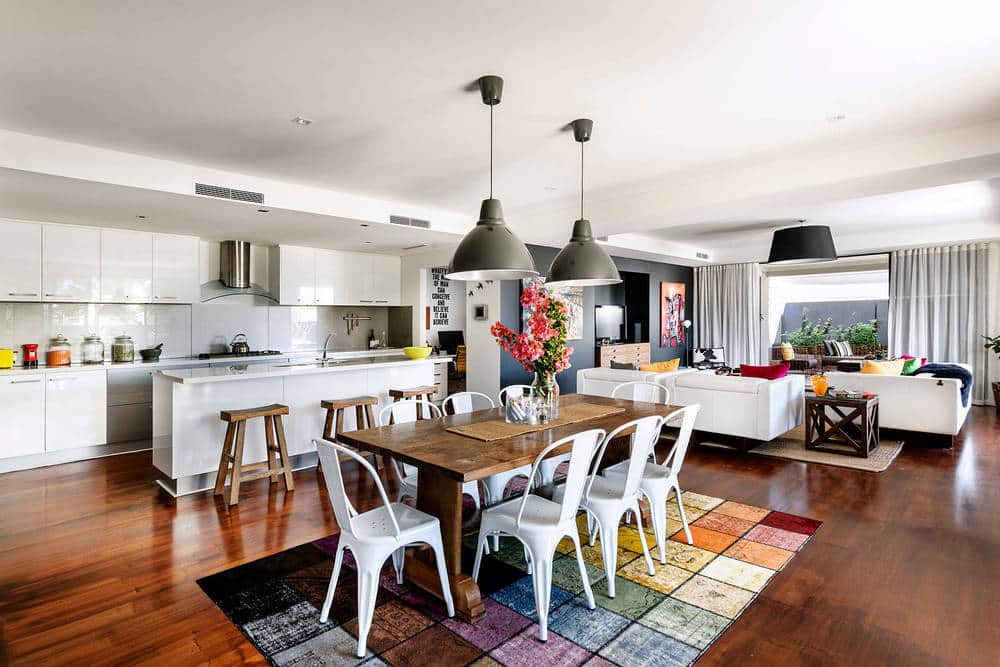
Interior design has become an immensely popular and influential aspect of modern living. In fact, the interior design services market is expected to reach USD 168.49 billion by 2028.
Speaking of interior design, there is a new captivating and trendsetting approach that has emerged: the art of mixing and matching rugs. This innovative concept transcends the boundaries of time, seamlessly blending the nostalgic allure of vintage aesthetics with the sleek elegance of modern design.
Rugs, beyond their utilitarian purposes, hold the power to transform a space into an inviting haven of style and comfort. The practice of combining different rug styles, once considered unconventional, has now become a celebrated technique that allows homeowners to curate a truly unique and chic ambiance within their living spaces.
In this blog post, we reveal the secrets to creating an exquisite and harmonious mix of old and new rugs.
This post will empower you to adorn your home with something truly personal that reflects who you are as an individual. Join us as we unravel the transformative potential of combining vintage and modern rugs, unraveling the possibilities that lie beneath each carefully chosen layer. It’s really not hard to mix and match rugs in a home.
Embrace Contrast in Textures and Patterns
Before delving into the specifics, it’s important to grasp the fundamentals of rug mixing. The key to successful rug layering lies in achieving balance and harmony while maintaining a clear design theme. While mixing rugs might seem like an unconventional approach, it offers an opportunity to showcase your creativity and flair for design.
One of the secrets to a successful mix-and-match rug arrangement is playing with textures and patterns. Combining modern rugs with varying textures, such as a plush shag rug paired with a flat-weave kilim, can create a captivating juxtaposition that adds depth and dimension to your space. Similarly, contrasting patterns, such as a bold geometric rug against a subtler floral design, can result in an eye-catching visual effect that draws attention to different focal points in the room.
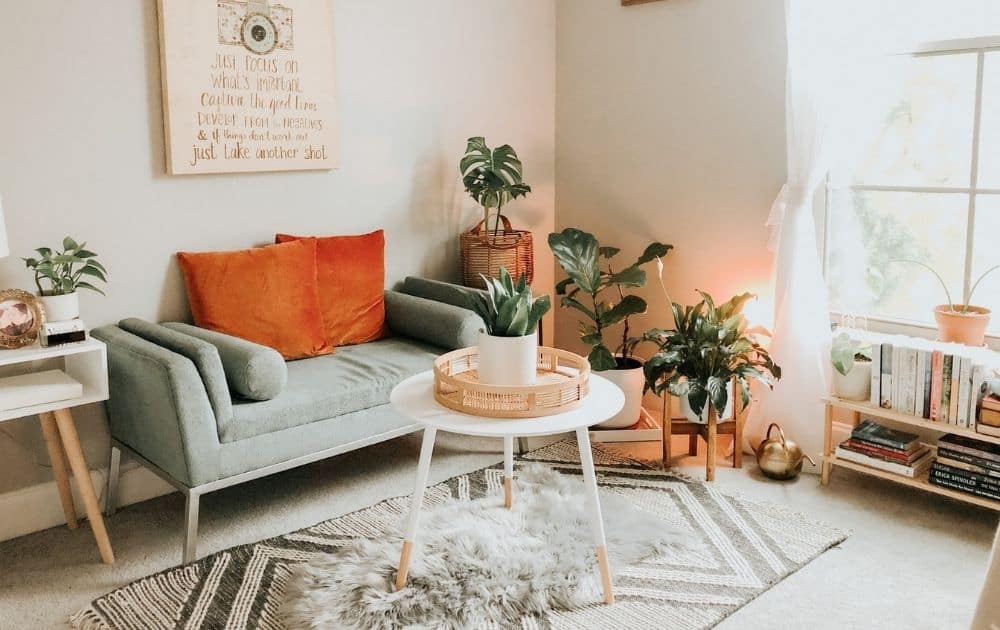
Harmonizing Colors
While textures and patterns play a significant role, color coordination is equally crucial. When combining rugs, opt for a cohesive color palette that ties the room together. You can choose contrasting hues for a bold statement or opt for complementary shades for a subtler and more harmonious look. Consider using a color wheel as a guide to select colors that work well together, ensuring that the overall aesthetic remains visually pleasing.
Establishing a Focal Point
Every room benefits from a focal point, and the arrangement of mixed rugs can help establish or enhance this focal point. If you have a vintage rug with intricate details and vibrant colors, place it at the center of the room to command attention.
Surround it with simpler, more neutral rugs that complement its design without overwhelming it. On the other hand, if you have a modern, minimalist rug that you want to showcase, consider layering it over a larger, more subdued rug to create a stylish contrast.
Sizing Matters
Proper sizing is critical when mixing and matching rugs. As a general rule of thumb, ensure that the larger rug serves as the base layer, anchoring the room and providing a cohesive foundation. Smaller rugs can be placed over top, partially covering the larger ones.
For instance, when placing vintage rugs in living rooms, they should be large enough to cover all furniture, while modern pieces can be layered on top, leaving space between them both.
Playing With Rug Shapes
Don’t be afraid to experiment with different rug shapes when layering. Mixing rectangular and circular rugs, for example, can add an element of surprise and dynamism to your space. Use circular rugs to create cozy seating areas within a larger room, or place them under round tables to enhance the overall flow. The interplay of different rug shapes contributes to the eclectic charm of the mix-and-match style.
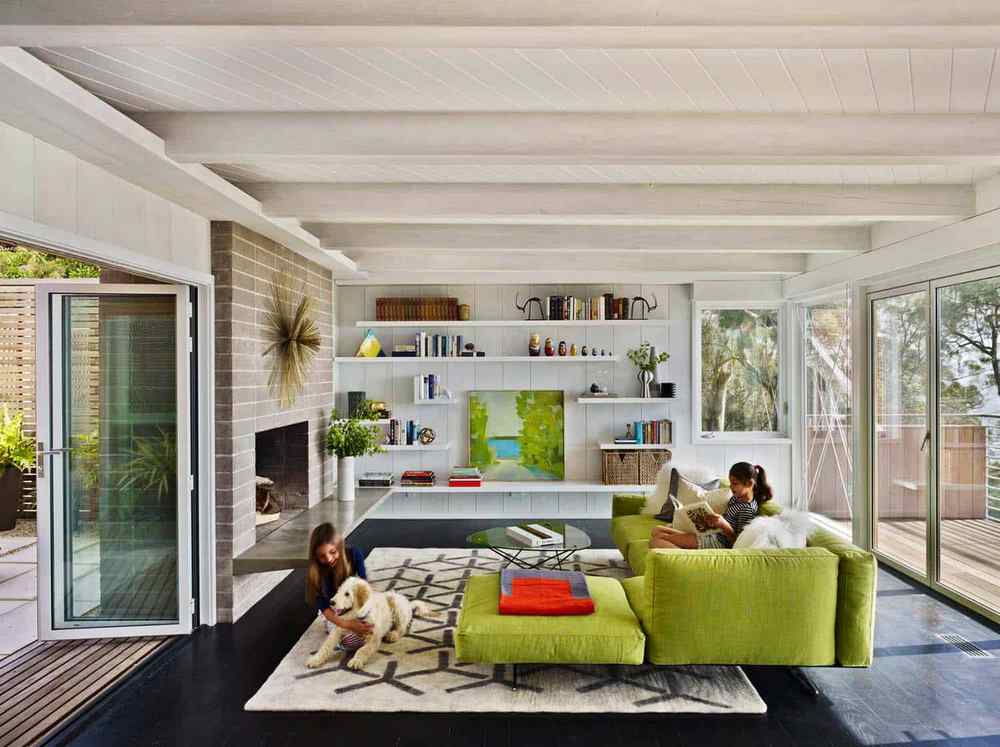
Transitioning Between Styles
When transitioning from a vintage to a modern rug, or vice versa, it’s important to establish a visual connection between the two. Incorporate transitional elements such as color, pattern, or even texture to create a seamless flow.
A subtle transition can be achieved by choosing a modern rug with colors that echo those in the vintage rug or by selecting a neutral transitional rug that complements both styles.
Layering in Different Rooms
Mixing and matching rugs offers many advantages for home decor. You can use layering rugs in different areas of your home, from living rooms to bedrooms, hallways, and even kitchens, as a way to add character and elegance. In the bedroom, experiment with a luxurious sheepskin rug placed at the foot of the bed or layer a patterned rug beneath a cozy reading nook in the corner.
In Closing
Mixing and matching rugs is a captivating interior design trend that allows you to bridge the gap between vintage charm and modern sophistication. By embracing the art of rug layering, you can infuse your living spaces with personality, warmth, and style. Remember to consider texture, pattern, color, and size to achieve a balanced and harmonious look.
Whether you’re drawn to the allure of a vintage Persian rug or the sleekness of a contemporary design, combining these styles can result in a chic and visually captivating home that truly reflects your individuality. So embark on your rug-mixing journey and create a space that not only exudes elegance but also tells the story of your unique design sensibilities.
